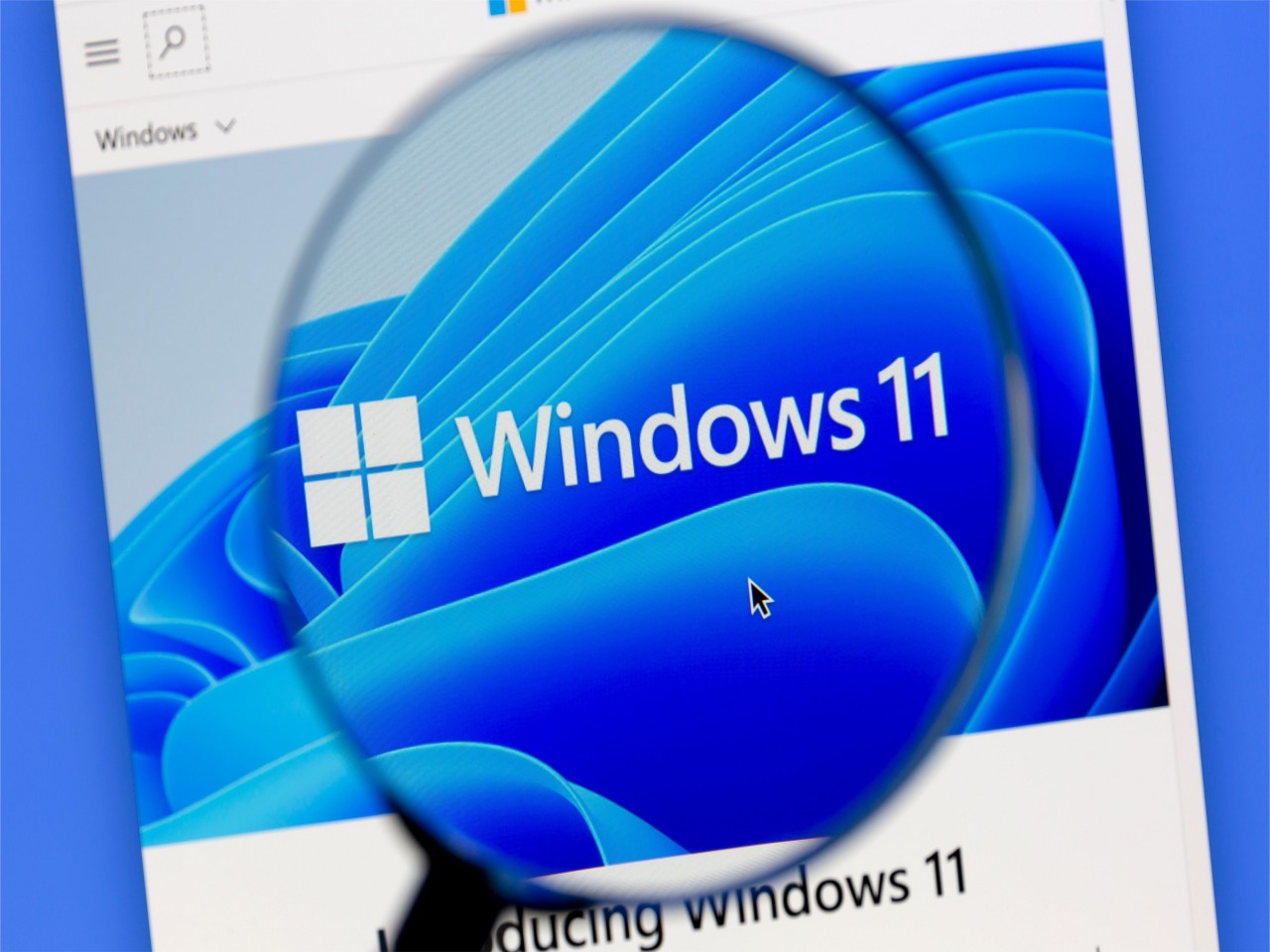Congrats! You successfully assembled your very own PC! The next, very important, step is installing the operating system (OS) and drivers. The process makes sure your computer continues to run well and that it uses all of its hardware features. A full text guide to take you through this essential step, inspired by the how to install Windows 11 on your new PC video tutorial.
Step 1: Preparation for Installation
- Create a Bootable USB Drive
- Download the Windows 11 installation media from the official Microsoft website.
- Use a tool like the Windows Media Creation Tool or Rufus to create a bootable USB drive.
- BIOS Setup
- Power on your PC and enter the BIOS/UEFI setup by pressing the designated key (usually F2, F12, DEL, or ESC) during startup.
- Ensure the USB drive is set as the primary boot device in the boot order.
Step 2: Install Windows 11
- Boot from the USB Drive
- Plug in the bootable USB drive into your PC and reboot the system. With that done, reboot your PC to boot from the USB drive and the Windows 11 installation should begin.
- Installation Process
- Select your language, time, and type of keyboard preferences.
- Click on “Install Now” and continue to set up with your product key when it asks for it. If you do not have one, you can choose to skip this and activate Windows at a later time.
- Accept the license terms and select “Custom: Install Windows only (advanced)” when asked about the type of installation.
- Partitioning and Installation
- Choose the drive where you want to install Windows. If the drive you wish to use is new, you probably need to create a new partition. Click “New,” specify the size, and then click “Apply.”
- Click “Next” and select the primary partition to begin the installation. This might take a bit of time, so sit back and relax.
- Completing Setup
- After installation, your PC will reboot. Go through the setup process, setting up your region, keyboard layout, and user account for Windows 11.
Step 3: Drivers Installation
- Network Driver
- Ensure you have network access by installing the network driver first. This can be done from the motherboard manufacturer’s website using another computer if needed.
- Motherboard Drivers
- Visit the motherboard manufacturer’s website and download the chipset drivers, audio drivers, LAN drivers, and other drivers. Install them one by one, restarting your PC if required.
- Graphics Card Drivers
- Download the latest drivers for NVIDIA or AMD graphics cards from the official website. The driver package delivers performance and compatibility optimizations for various games and applications.
- Peripheral Drivers
- Install drivers for your peripherals such as a keyboard, mouse, and any other devices. Check the manufacturers’ sites for the most recent versions.
Step 4: System Updates
- Windows Updates
- Go to Settings > Update & Security > Windows Update and check for updates. Install all available updates to ensure your system has the latest security patches and features.
- Driver Updates
- Regularly check for driver updates from the hardware manufacturers to keep your system running properly.
Step 5: Configure System
- Personalization
- Customize your desktop wallpaper, themes, and system sounds. Go to Settings > Personalization to explore options.
- System Performance
- Adjust power settings to optimize performance. Go to Settings > System > Power & sleep > Additional power settings, and select “High performance” if needed.
- Software Installation
- Install your antivirus, productivity tools, and any other software that you commonly use.
Follow these steps, and your installation of your next new custom PC will run like a finely tuned engine. So have fun with your personalized setup and experience that awesome power and flexibility.


Leave a Reply